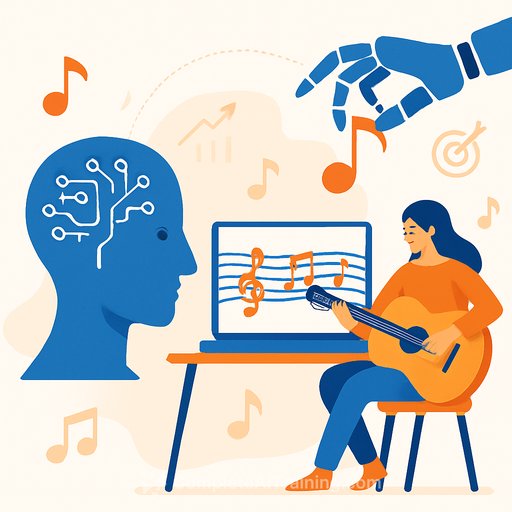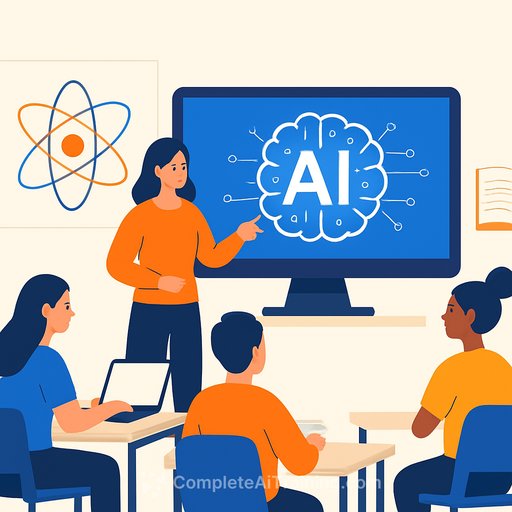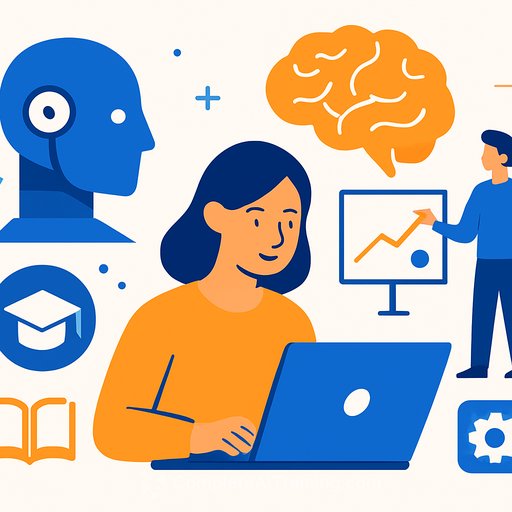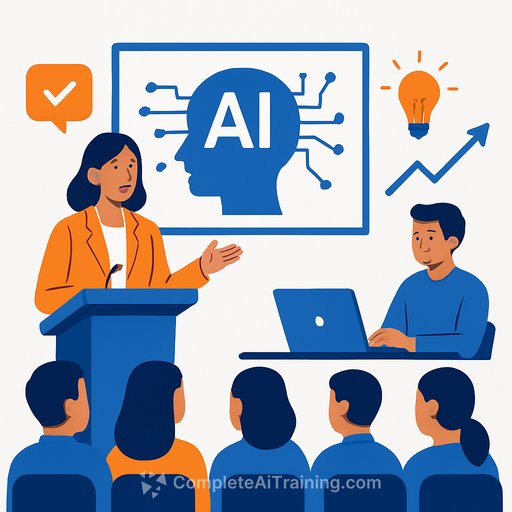Intelligent Generation and Optimization of Resources in Music Teaching Using AI and Deep Learning
Improving music instruction requires new methods that adapt to individual student needs and progress. A promising approach leverages deep reinforcement learning (DRL) to create personalized music resources. One such innovation is the Melody Generation Model in Music Education based on the Actor-Critic Framework (AC-MGME), which analyzes students' learning in real time and generates melodies in tune with their skills. By incorporating multi-label classification and attention mechanisms, this model enhances polyphonic melody creation, offering more engaging and effective musical content for learners.
Challenges in Traditional Music Teaching
Traditional music education often relies on teacher-led classrooms and demonstrations. While effective to some extent, this model struggles with personalization, tracking individual learning progress, and making full use of diverse teaching materials. Artificial Intelligence (AI), especially when combined with deep reinforcement learning, offers tools to address these challenges by adapting teaching strategies dynamically based on student feedback.
DRL combines deep learning with reinforcement learning to make decisions in complex environments. In music education, this means generating and optimizing teaching content according to how students perform, adjusting difficulty and style to keep learners engaged and progressing.
How the AC-MGME Model Works
Analyzing Learning State
The system starts by assessing a student’s current abilities—pitch accuracy, rhythm control, and mastery of musical styles—during practice. This data helps determine the difficulty and style of the melodies it will generate, ensuring the material challenges the student appropriately and supports steady improvement.
Reward Evaluation with Attention Mechanism
Once a melody is generated, it is evaluated using a reward network that incorporates an attention module. This module highlights important notes within the sequence, ensuring the generated melody pays special attention to key musical elements that affect overall quality and style.
Testing and Results
The AC-MGME model was trained and tested on large-scale public datasets, including the LAKH MIDI dataset and a multi-instrument collection from MuseScore. These datasets provide a rich variety of melodies, harmonies, and rhythms to teach the model musical rules.
Performance was measured by accuracy, F1 score, and melody generation time, comparing AC-MGME against other models such as Deep Q-Network (DQN), MuseNet, and DDPG. The AC-MGME model achieved 95.95% accuracy and a 91.02% F1 score, with an average generation time of just 2.69 seconds, outperforming all benchmarks on these key metrics.
Implications for Music Education
These results highlight the model’s ability to generate musically sound and pedagogically valuable melodies in real time, matching student skill levels. This contributes to a more personalized and effective learning experience, helping educators provide customized content without extensive manual preparation.
The model’s success also demonstrates how AI can support the digital transformation of music teaching by automating resource creation and adapting instruction dynamically.
Future Directions and Limitations
While the AC-MGME model shows strong performance, there is room to expand its capabilities. Future work could explore generating melodies across a wider range of music styles and more complex structures. Integrating techniques like Generative Adversarial Networks (GANs) or Variational Autoencoders (VAEs) may improve melody diversity and creativity, further enriching learning materials.
Summary
- Deep reinforcement learning can personalize music teaching by adapting to student performance in real time.
- The AC-MGME model generates high-quality melodies that align with individual learning levels.
- Testing confirms the model’s superior accuracy and efficiency compared to existing approaches.
- AI-driven resource generation offers practical value for educators seeking to enhance music instruction.
For educators interested in integrating AI into their teaching practice or exploring related technologies, Complete AI Training offers a range of courses tailored to education professionals.
Data Availability
The datasets used in this study are available upon reasonable request from the corresponding contact via email.
Your membership also unlocks:






